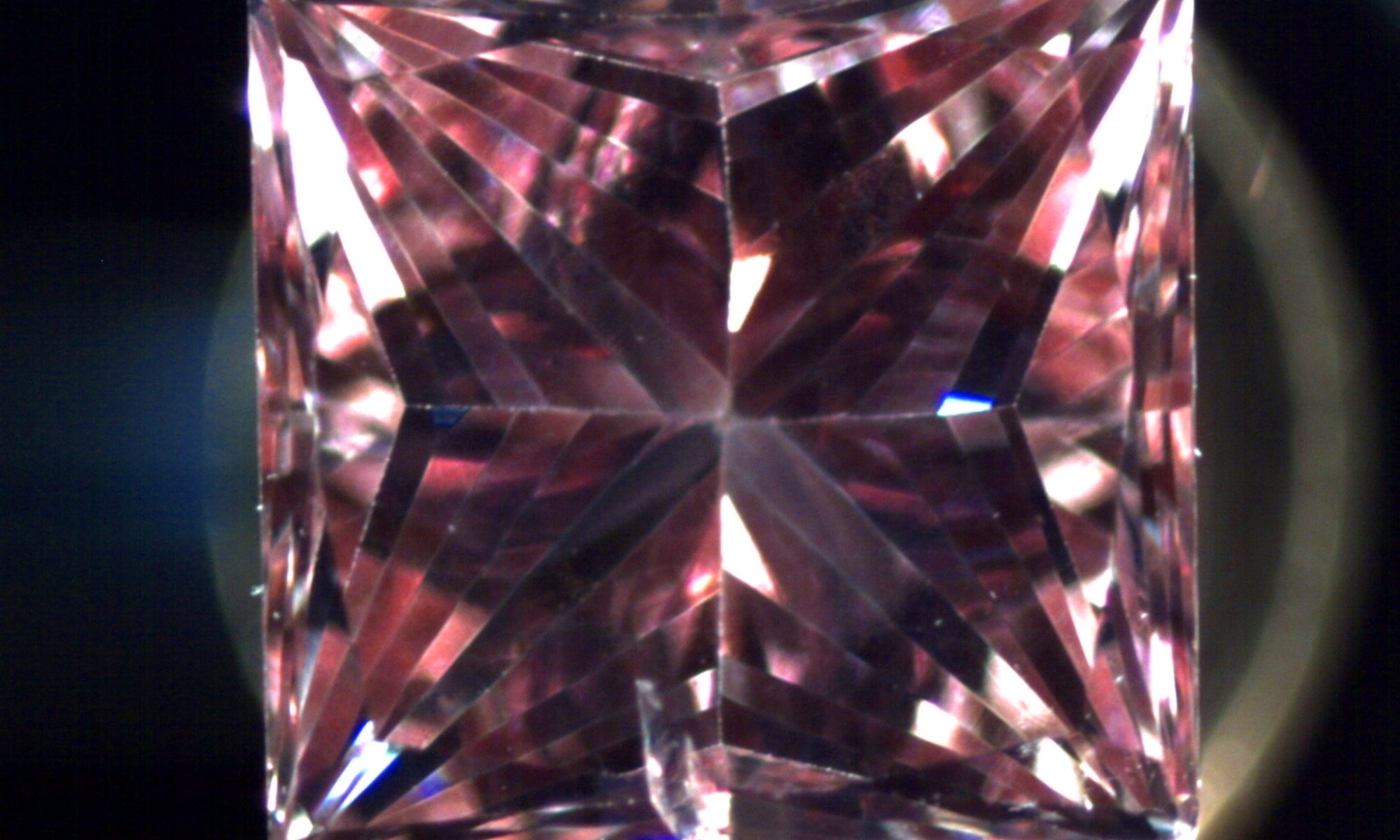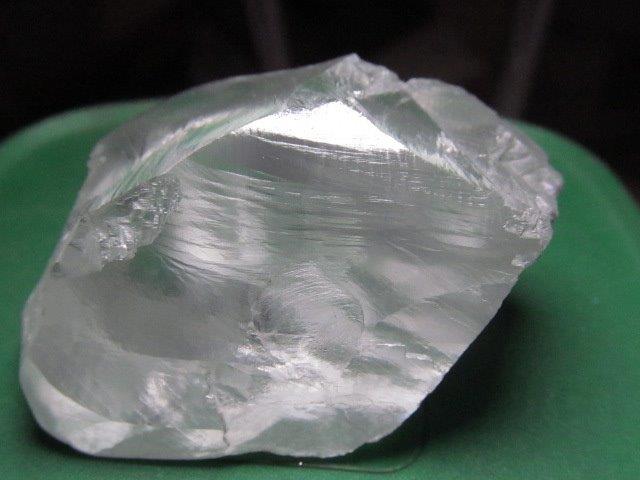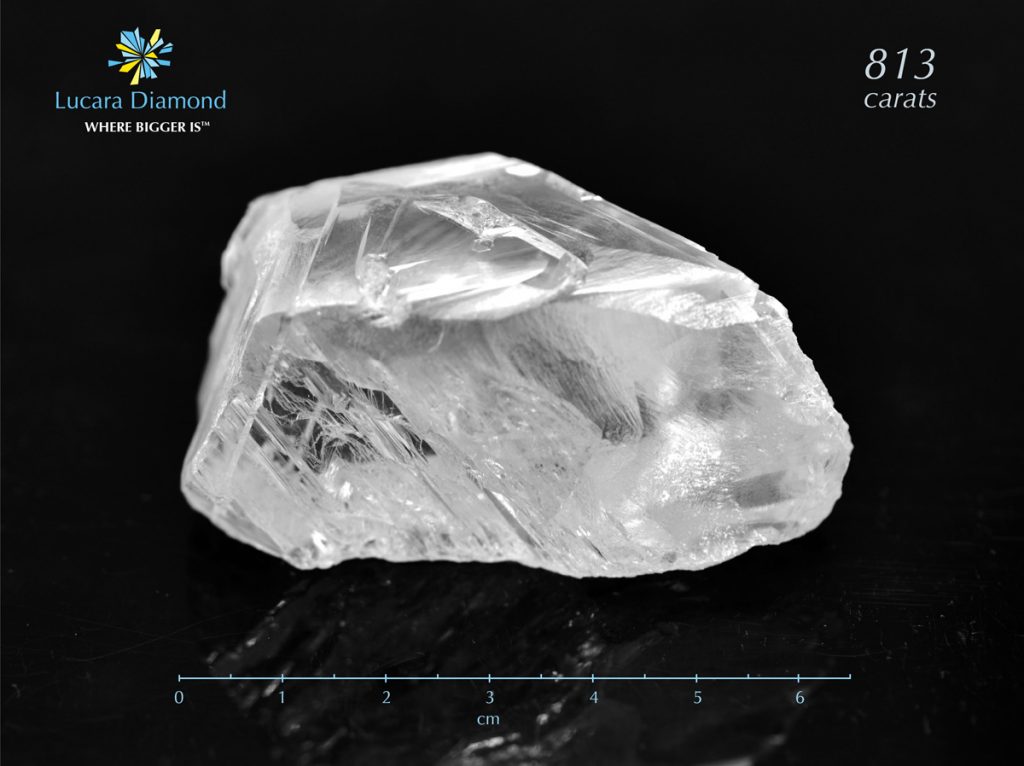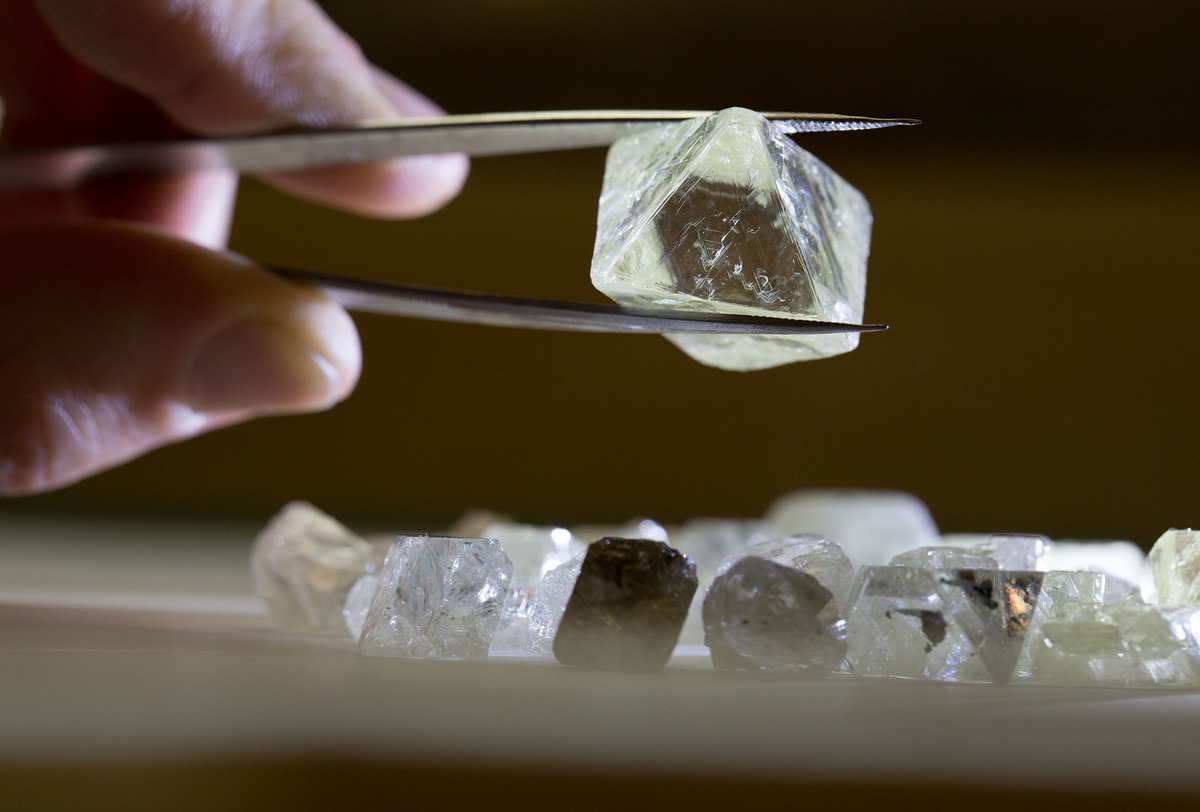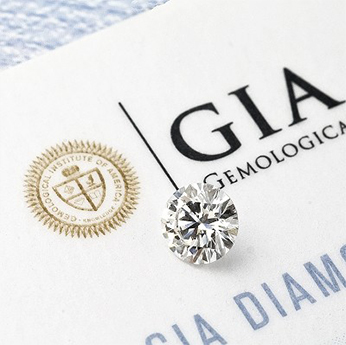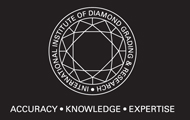A coloured diamond is a diamond that exhibits a hue other than the traditional colourless range. While most diamonds appear colourless or near-colourless, coloured diamonds come in a variety of shades, ranging from yellow, brown, and blue to rare colours like pink, green, and red. The colour in these diamonds is caused by elements or chemical processes during their formation, which result in various hues and saturations.
Key Types of Coloured Diamonds:
Yellow Diamonds:
Yellow diamonds are among the most common coloured diamonds and owe their hue to the presence of nitrogen atoms in the crystal lattice. The nitrogen atoms absorb blue light, resulting in the yellow colour.
These diamonds can range from light yellow to vibrant canary yellow.
Intensity and Saturation: The more intense the yellow colour, the more valuable the diamond. The colour is graded on a scale from light yellow to fancy vivid yellow.
Brown Diamonds:
Brown diamonds are also relatively common and are often referred to as chocolate diamonds or cognac diamonds based on their specific hue. The colour in brown diamonds is typically caused by plastic deformation during their formation, which results in the diamond absorbing blue light.
Brown diamonds can be found in various shades, including light brown, champagne, and rich cognac.
They are graded based on the depth of colour, with higher intensities like fancy intense brown being more valuable.
Blue Diamonds:
The striking blue colour of these diamonds is caused by the presence of boron atoms in the crystal lattice. Boron absorbs yellow and red light, leaving behind the blue hue.
Blue diamonds can range from light blue to vivid blue. The most famous blue diamond is the Hope Diamond, which is a deep blue.
The colour intensity plays a significant role in the value, with the more intense the blue, the more valuable the diamond.
Pink Diamonds:
Pink diamonds are some of the rarest and most sought-after coloured diamonds in the world. Their colour is thought to be the result of structural defects in the diamond’s crystal lattice, which causes the absorption of certain wavelengths of light.
The colour can range from light pink to vivid pink, with fancy intense pink diamonds being the most valuable.
Pink diamonds are primarily found in Australia’s Argyle mine, though the mine has since been closed, making these diamonds even rarer.
Green Diamonds:
Green diamonds derive their colour from the presence of natural radiation that causes the diamond to absorb certain wavelengths of light, leaving a greenish hue.
The green can range from light green to deep, vivid green. Natural green diamonds are quite rare and can be valuable depending on the intensity of the colour.
Treated green diamonds are also available, where the green hue is enhanced through a process known as irradiation.
Red Diamonds:
Red diamonds are among the rarest of all coloured diamonds, and their colour is often attributed to defects in the diamond’s crystal structure. The exact cause of the red colour is not fully understood, but it is believed to result from a particular defect that causes the diamond to absorb blue and yellow light.
The red diamond can range from light red to deep red, with the most famous example being the Moussaieff Red Diamond.
Due to their extreme rarity, red diamonds command extremely high prices.
Orange Diamonds:
Orange diamonds are rare and owe their colour to the presence of nitrogen atoms, similar to yellow diamonds. However, the arrangement of these nitrogen atoms results in a different colour spectrum.
These diamonds can range from light orange to deep fiery orange. The more intense the colour, the more valuable the diamond.
Purple Diamonds:
Purple diamonds are extremely rare and are often caused by a combination of structural defects and the presence of hydrogen during the diamond’s formation.
These diamonds typically show a mix of red and blue hues, which gives them a unique, vibrant appearance.
Colour Grading of Coloured Diamonds:
The grading system for coloured diamonds differs from that of colourless diamonds. Coloured diamonds are graded based on two main factors:
Hue: The colour of the diamond, such as yellow, blue, or pink.
Tone: The lightness or darkness of the colour (from light to dark).
Saturation: The intensity of the colour (from faint to vivid or intense).
Diamonds with more intense and saturated colours, especially those classified as fancy vivid, are typically the most valuable. Coloured diamonds are graded with terms like fancy light, fancy, fancy intense, and fancy vivid, where the more vivid the colour, the more valuable the diamond.
Factors Affecting the Value of Coloured Diamonds:
Rarity: The rarity of the colour is a major factor in determining the value of a coloured diamond. For example, red diamonds and blue diamonds are significantly rarer than yellow diamonds, making them more valuable.
Colour Intensity: The intensity of the colour (saturation and tone) greatly influences the price. Diamonds with vivid, deep hues command higher prices than those with lighter or less saturated colours.
Size: Coloured diamonds, like colourless diamonds, are valued by their carat weight. Larger coloured diamonds with strong, vivid colours are extremely rare and fetch exceptionally high prices.
Origin: Some coloured diamonds, like pink diamonds from the Argyle mine, are particularly valuable because of their rarity and the mine’s closure, making the diamonds even more scarce.
Treatments of Coloured Diamonds:
Some coloured diamonds undergo enhancement treatments to improve their colour. For example:
High Pressure High Temperature (HPHT) and irradiation are methods used to enhance the colour of diamonds, especially for those in the yellow, brown, and green ranges.
Natural coloured diamonds are often preferred for their uniqueness and value, as treated diamonds generally have a lower resale value.
The DCLA and Coloured Diamonds:
The DCLA (Diamond Certification Laboratory of Australia) offers colour grading for coloured diamonds using the standard grading scale and methodology, ensuring consistency with international grading systems. DCLA’s certification of coloured diamonds will include detailed colour information, including the hue, tone, and saturation of the diamond, providing buyers with a comprehensive understanding of the diamond’s quality and characteristics.

